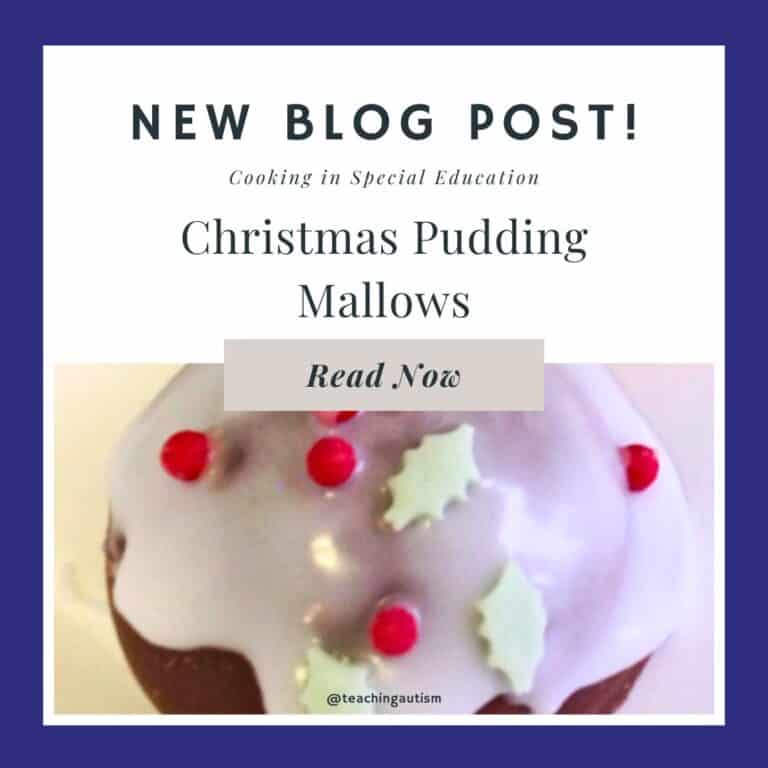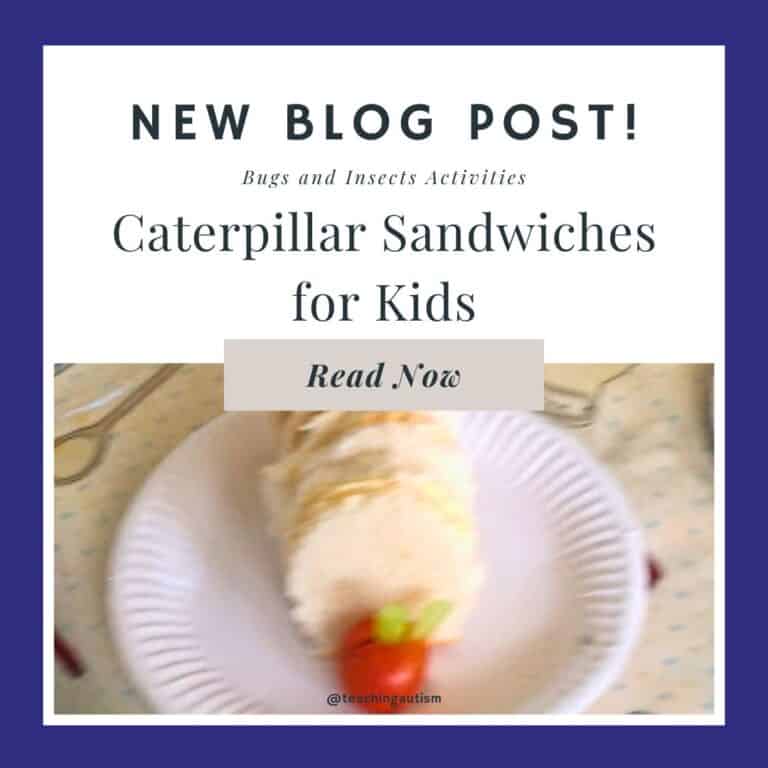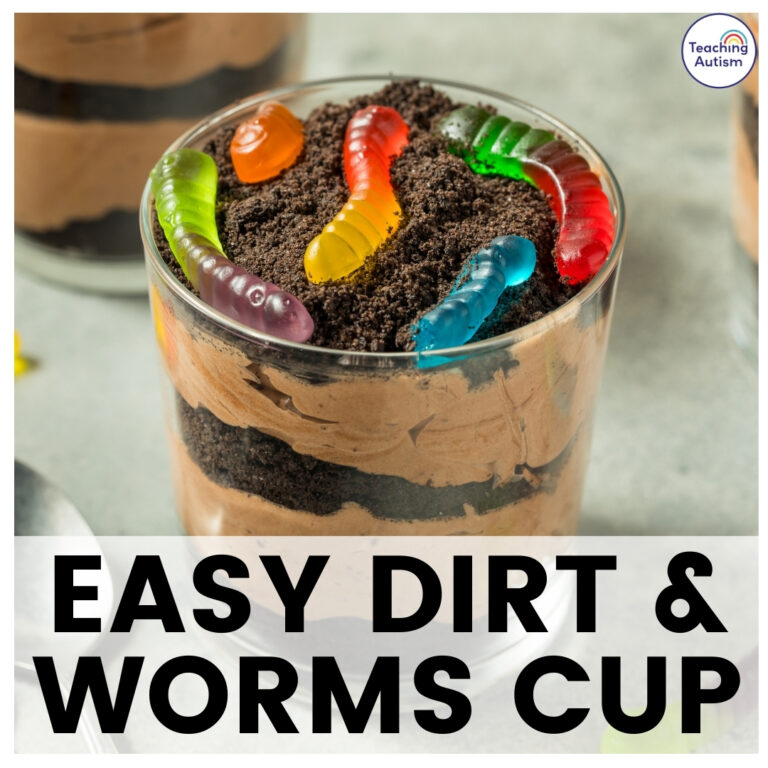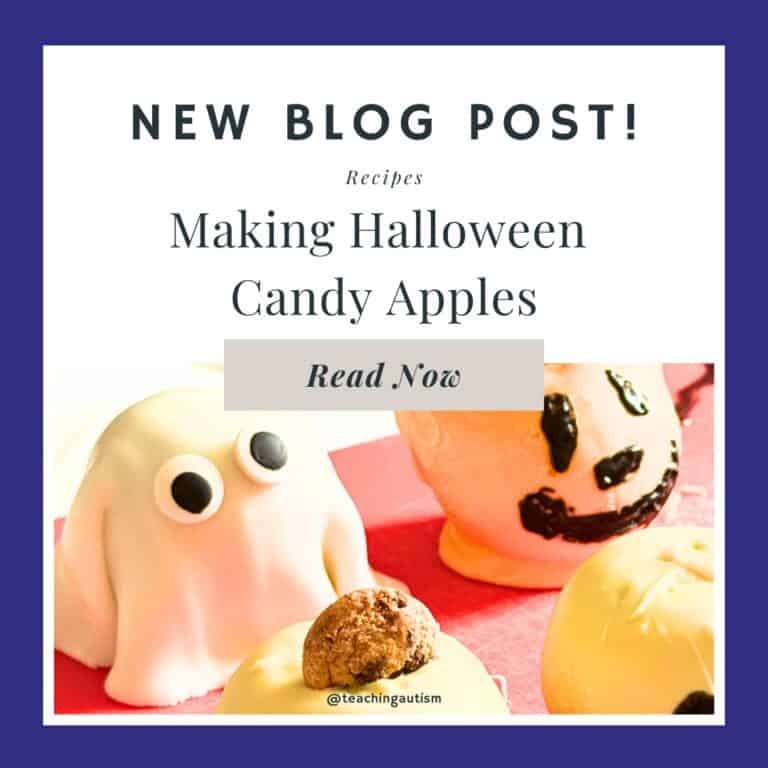Cooking in Special Education Classroom
Cooking is one of the lessons that we all look forward to each week in the classroom. And today, I just wanted to share some information about why it’s important to be cooking in your classroom, as well as my best tips for cooking in special education classrooms.
Cooking
Now, although I refer to this lesson as cooking. It doesn’t always have to be something that you need an oven to complete the session. You can find so many great recipes that don’t require cooking – or an oven! And you can always change the name of this session to ‘Food Technology.’
Why?
A lot of people often message me to ask, why should they be cooking in their classroom? What are the reasons and benefits behind it? And often, this is done so that they can take a request to their management about starting cooking in their classroom.
So, I’m sharing some information below about why you should be cooking in your classroom;
- You can work on measurement skills.
- The chance for your students to work on their reading and understanding skills; following recipes.
- Your students are able to appreciate the end product; taste it.
- Cooking is an important life skill.
- The opportunity to experiment and problem-solve.
- Your students will have the opportunity to learn a huge new range of language.
- It’s a hands-on and engaging experience.
- The opportunity to taste new foods.
- Observing changes; melting butter, mixing ingredients together – and then discussing this.
- Learn about healthy eating habits.
- The opportunity to learn about foods around the world; you can do themed weeks. We especially love doing this for Chinese New Year and Christmas Around the World!
- You can also have your students look at their recipe beforehand, make notes of what ingredients they need, and then go shopping for these!
What Do I Need?
One of the most important things I suggest when starting cooking with your students – is to be prepared. Make sure you have everything you need in advance. Nobody wants to be running around trying to find things while your students are waiting. Some things that I like to make sure we have for our cooking sessions are as follows;
(Amazon affiliate links included. However, you can get these items in most local stores too!)
- Mixing bowl.
- Measuring jug.
- Wooden spoon.
- Whisk.
- Measuring cups.
- Cutlery.
- Bowls.
- Plates.
- Apron.
- Silicone cupcake cases.
- Oven gloves.
- Tea towels.
- Kitchen roll.
- Cookie cutters. I prefer plastic ones – my students have been able to bend metal ones out of shape so easily over the years!
- Sieve.
- Rolling pin.
- Cooking table cloth.
- Weighing scales. You can have electric ones or manual ones.
- Digital thermometer.
- Baking paper.
- Cupcake tray.
- Baking tray.
One of my biggest tips is to go for plastic over glass – you’ll have less chance of breakages!
Recipes
There are so many places you can get recipes now. Maybe there’s a recipe that you have used before. Pinterest is another great option. And you can find my cooking in the classroom board here for some great ideas.
If you’re using a new recipe – just try to do a test run if possible. You can also theme recipes to whatever topic you’re working on – or even a holiday or seasonal event. These sheep cupcakes were a huge hit for us – so fun to make and they looked great!
How?
Every classroom is different because you all have different students. For us, we’ve always done cooking on a 1-1 basis. So a member of staff leads the session, another member of staff is in charge of fetching students and taking photos. While the rest of the class are completing other activities.
But, you may have a class that can work as a group. And you can all sit around the table together and follow a recipe. You can print the recipe out, you can break it down into symbols or you can put it up on the whiteboard for everyone to see – PowerPoint is great for this. And I actually have a free walkthrough recipe for making Easter cornflake nests here that you can download and try.
Funds
One of the setbacks you may be worrying about – is how to afford cooking in the classroom. We have always asked our parents for £5 pocket money each week. This would cover snack, cooking, trips out etc. Don’t forget – the recipe can be split between all of your students. You don’t need every student to make 12 cupcakes each. Your students can make just 2 cupcakes each. You can have students in charge of different parts of the recipe too.
In regards to getting all the baking equipment, you have a number of options here;
- Put together a fundraising page.
- Share about your plan on social media and ask friends/family members if they’re able to donate anything.
- Send a letter home to your students families and ask them if they have anything they can send in.
- Ask local shops if they have anything that they can donate to help you.
- You can also find lots of great fundraising ideas here.
Cooking Ideas
There are so many things you can do in your sessions. But, you can find some blog posts where I have shared about our cookery sessions below;
- Halloween Cooking Ideas
- Sheep Cupcakes
- Easter Cornflake Nests
- Rainbow Cupcakes for St Patrick’s Day
- St. Patricks Day Ideas
- Valentine’s Heart Pizzas
- Ideas for Valentine’s Day
- Valentine’s Day Heart Biscuits
- Chocolate Bananas
- Christmas Chocolate Pudding
- Reindeer Marshmallows
- Giant Jaffa Cake
- Caterpillar Sandwiches and Chocolate Fruit Cones/Kebabs
Do you have cooking lessons in your classroom? Maybe you some tips to share? Or even have questions you want to ask.. If so, just leave them in the comments section below.
If you found this blog post helpful, please consider sharing it on social media with your friends and colleagues.









One Comment